Home>Home Maintenance>What To Plant Next To The House For Good Drainage
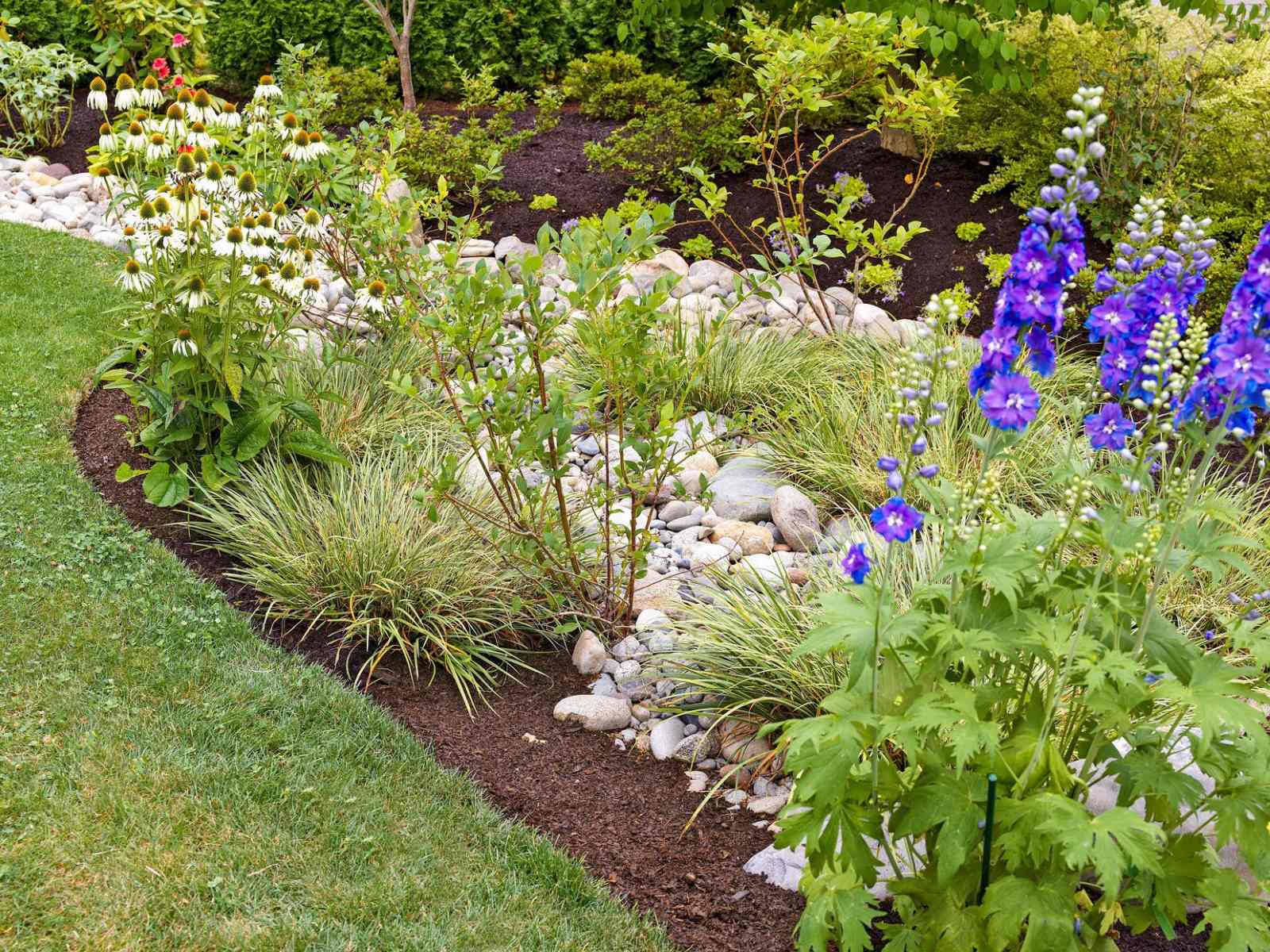

Home Maintenance
What To Plant Next To The House For Good Drainage
Modified: October 19, 2024
Improve your home's drainage with strategic planting. Discover the best plants to grow alongside your house for optimal water flow. Enhance your home maintenance with these landscaping tips.
(Many of the links in this article redirect to a specific reviewed product. Your purchase of these products through affiliate links helps to generate commission for Storables.com, at no extra cost. Learn more)
Introduction
Welcome to our comprehensive guide on what to plant next to the house for good drainage. Proper drainage is essential for maintaining the structural integrity of your home and preventing water damage. By strategically planting the right vegetation, you can improve the drainage around your house and prevent issues such as basement flooding, foundation damage, and waterlogged soil.
When it comes to landscaping around your house, it’s not just about aesthetics; it’s about functionality too. Choosing the right plants that promote good drainage can significantly impact the overall health of your property. In this article, we will explore the importance of good drainage, factors to consider when planting next to the house, the best plants for improving drainage, plants to avoid, and tips for maintaining good drainage.
So, whether you’re a proud homeowner or a DIY enthusiast, let’s dive in and explore how you can enhance the drainage system around your house through smart plant selection.
Key Takeaways:
- Choose plants like ornamental grasses, perennial flowers, and shrubs with deep root systems to improve drainage and prevent water damage near your home. Avoid water-loving plants and invasive species to maintain optimal drainage.
- Maintain good drainage by clearing gutters, extending downspouts, grading soil away from the foundation, and avoiding overwatering. Regularly monitor and address drainage concerns to protect your home from water damage.
Read more: How To Make A Good Drainage Pot For A Plant
Importance of Good Drainage
Proper drainage is crucial for the overall health and longevity of your home. Without it, water can pool around your foundation, causing a variety of problems that can be costly to repair. Here are some reasons why good drainage is important:
- Prevents Basement Flooding: When water accumulates around your foundation, it can seep into your basement, causing flooding and water damage. This can lead to mold growth, structural issues, and damage to your belongings.
- Avoids Foundation Damage: Excess moisture can weaken the foundation of your house, leading to cracks, shifts, and settlement. These issues can compromise the stability of your home and require extensive repairs.
- Prevents Soil Erosion: Poor drainage can result in soil erosion, where the top layer of soil washes away due to excessive water. This can undermine the stability of your landscaping and potentially damage plants and trees.
- Minimizes Pest Infestation: Standing water attracts pests like mosquitoes and other insects, which can be a nuisance and a health hazard. Good drainage helps to eliminate stagnant water and reduce the risk of pest infestation.
- Promotes Healthy Plant Growth: Adequate drainage ensures that plants and trees receive the right amount of water while preventing waterlogging. This promotes healthy root development and minimizes the risk of root rot and other plant diseases.
By having good drainage around your house, you can protect your investment and maintain the overall integrity of your property. Now that you understand the importance of good drainage, let’s explore the factors to consider when choosing plants to enhance drainage next to your house.
Factors to Consider for Planting Next to the House
When it comes to choosing the right plants to improve drainage next to your house, there are several factors to consider. By understanding these factors, you can make informed decisions and create an effective drainage system. Here are key considerations to keep in mind:
- Soil Type: The type of soil around your house can greatly affect drainage. Clay soils tend to retain water, while sandy soils drain quickly. It’s important to assess your soil type to determine which plants thrive best in your specific conditions.
- Water Requirements: Different plants have different water requirements. It’s important to choose plants that are well-suited to the amount of water your site receives. Avoid planting water-loving plants next to the house, as they can exacerbate drainage issues.
- Sun Exposure: Take note of the amount of sunlight your planting area receives throughout the day. Some plants prefer full sun, while others thrive in shade. Choosing plants that match the sun exposure will ensure they grow optimally and contribute to good drainage.
- Root Systems: Consider the depth and spread of a plant’s root system. Plants with shallow, spreading roots may cause damage to foundations and underground pipes. Opt for plants with deep root systems that help improve soil structure and drainage.
- Mature Size: Keep in mind the mature size of the plants you choose. Planting large trees or shrubs too close to the house can lead to issues with root intrusion and damage to the foundation. Plan your plantings accordingly, leaving enough space for growth.
- Slope and Grading: Assess the slope and grading of your property. Ideally, the soil around the house should have a gentle slope away from the foundation to encourage proper drainage. Consider planting vegetation that can help stabilize slopes and prevent erosion.
By considering these factors, you can select the right plants that enhance drainage and contribute to a well-balanced landscape. In the next section, we will explore the best plants for improving drainage around your house.
Best Plants for Improving Drainage
When it comes to improving drainage around your house, selecting the right plants is crucial. Here are some of the best plant options that can enhance drainage:
- 1. Ornamental Grasses: Grasses like switchgrass (Panicum virgatum), feather reed grass (Calamagrostis x acutiflora), and blue oat grass (Helictotrichon sempervirens) have deep root systems that help break up compacted soil and allow water to penetrate more easily.
- 2. Perennial Flowers: Flowers like bee balm (Monarda spp.), black-eyed Susan (Rudbeckia spp.), and coneflower (Echinacea spp.) are excellent for improving drainage. They have fibrous root systems that enhance soil structure and promote water infiltration.
- 3. Shrubs: Shrubs such as blueberry bushes (Vaccinium spp.), ninebark (Physocarpus spp.), and winterberry (Ilex verticillata) are great choices for areas with poor drainage. These plants have deep roots that can absorb excess water and improve drainage.
- 4. Native Plants: Native plants are well-adapted to the local climate and often have deep-rooted systems that improve soil structure and drainage. Research native plants in your region, such as asters, goldenrod, and butterfly weed, to enhance drainage effectively.
- 5. Ground Covers: Ground covers like creeping thyme (Thymus serpyllum), creeping Jenny (Lysimachia nummularia), and moss phlox (Phlox subulata) can help stabilize slopes, prevent erosion, and improve drainage by creating a dense network of roots.
Remember to choose plants that are suitable for your specific climate, soil type, and light conditions. Proper plant selection and placement can significantly improve drainage and enhance the overall health of your landscape.
However, it’s also important to be cautious about the plants you choose and their proximity to your house. In the next section, we will discuss plants to avoid planting near the house to maintain good drainage.
Planting shrubs with deep root systems, such as spirea or juniper, next to the house can help improve drainage by absorbing excess water and preventing soil erosion.
Plants to Avoid Near the House
While there are many plants that can help improve drainage near your house, it’s equally important to be aware of the plants that may pose problems. Here are some plants to avoid planting near the house:
- 1. Willows and Poplars: Willows and poplar trees have aggressive root systems that can infiltrate pipes and cause damage to your home’s foundation. These trees are known for their rapid growth, but their extensive root systems can lead to serious structural issues.
- 2. Bamboo: Bamboo is a fast-growing plant that spreads through a network of underground rhizomes. If planted too close to the house, bamboo can quickly take over the area and cause damage to structures and underground utilities.
- 3. Evergreen Trees: While evergreen trees like pine and spruce are beautiful, they can shed needles and create a thick layer of organic debris around the house. This debris can compact the soil and hinder proper drainage.
- 4. Water-Loving Plants: Avoid planting water-loving plants like water lilies, irises, and cattails near the house. These plants thrive in moist soil conditions, which can exacerbate drainage issues and contribute to water accumulation around the foundation.
- 5. Invasive Plants: Be cautious about planting invasive species such as English ivy, Japanese knotweed, or purple loosestrife near your house. These plants can spread aggressively, outcompeting native vegetation and causing damage to structures.
While these plants may have their own benefits and can be included in other areas of your landscape away from the house, it’s best to avoid planting them directly next to your home to maintain good drainage and prevent potential damage.
Now that we’ve covered the plants to avoid, let’s move on to some tips for maintaining good drainage around your house.
Read more: What To Plant Next To Driveway
Tips for Maintaining Good Drainage
Maintaining good drainage around your house is essential for preventing water damage and maintaining the health of your property. Here are some tips to help you maintain optimal drainage:
- 1. Regularly Inspect Gutters and Downspouts: Keep your gutters and downspouts clear of debris to ensure proper water flow. Clogged gutters can lead to water overflowing and pooling near the foundation, causing drainage issues.
- 2. Extend Downspouts Away from the House: Add extensions to your downspouts to divert water away from the foundation. Ensure that the water drains at least 5-10 feet away from the house to prevent excessive moisture accumulation.
- 3. Grade the Soil Away from the Foundation: Ensure that the soil around your house slopes away from the foundation. This will encourage water to flow away from the house and reduce the risk of water pooling near the foundation walls.
- 4. Use Mulch Wisely: Mulch can help retain moisture for plants, but avoid piling it up against the house. Excessive mulch can create a barrier that hinders water drainage and promotes moisture retention against the foundation.
- 5. Avoid Overwatering: Be mindful not to overwater your plants and lawn. Excessive watering can lead to waterlogged soil and poor drainage. Water deeply and less frequently, allowing the soil to dry out between watering sessions.
- 6. Consider Rain Gardens or Dry Wells: If you have persistent drainage issues, consider creating rain gardens or dry wells to capture and absorb excess water. These features help manage water runoff and prevent it from accumulating near the house.
- 7. Regularly Monitor and Address Drainage Concerns: Keep an eye out for any signs of poor drainage, such as water pooling or areas of the landscape staying consistently wet. Address these concerns promptly by adjusting grading, adding drainage solutions, or consulting with a professional if needed.
By implementing these tips, you can maintain good drainage around your house and minimize the risk of water damage and structural issues. Remember to periodically assess your landscaping and make necessary adjustments to ensure proper functioning of your drainage system.
Now that you’re equipped with these tips, you’re well on your way to creating a well-drained and healthy landscape around your house.
Conclusion
Creating and maintaining good drainage around your house is vital for preventing water damage, preserving the integrity of your home, and promoting a healthy landscape. By strategically selecting the right plants, considering important factors, and implementing proper maintenance practices, you can achieve optimal drainage and protect your investment.
Remember to choose plants with deep root systems that improve soil structure and water infiltration. Avoid planting trees with aggressive root systems that can damage foundations, as well as water-loving plants that exacerbate drainage issues. Instead, opt for native plants, ornamental grasses, shrubs, and ground covers that contribute to good drainage.
Consider factors like soil type, water requirements, sun exposure, root systems, and mature size when choosing plants for your landscaping. Additionally, maintain a proper slope away from the foundation, clear gutters and downspouts, and address any drainage concerns promptly. These practices will help prevent basement flooding, foundation damage, soil erosion, and pest infestation.
Remember, maintaining good drainage is an ongoing process. Regular monitoring, inspection, and adjustments are crucial to ensure that your drainage system continues to function optimally. By staying vigilant and proactive, you can enjoy a beautiful and well-drained landscape that protects your home for years to come.
We hope this guide has provided valuable insights and practical tips for planting next to the house for good drainage. With the right knowledge and actions, you can create a harmonious balance between aesthetics and functionality, enhancing both the beauty and longevity of your home.
Once you've got drainage sorted, why not spruce up your outdoor area further? If you're keen on adding a touch of personality and functionality to your garden, consider exploring innovative garden fence ideas. Whether you aim for aesthetics or privacy, there's a design waiting for you. On the other hand, if enhancing your property's appeal is the goal, delve into creative landscaping strategies that transform spaces while ensuring practicality. Ready to take your garden and home exterior to the next level? Dive into our articles for inspiration and tips!
Frequently Asked Questions about What To Plant Next To The House For Good Drainage
Was this page helpful?
At Storables.com, we guarantee accurate and reliable information. Our content, validated by Expert Board Contributors, is crafted following stringent Editorial Policies. We're committed to providing you with well-researched, expert-backed insights for all your informational needs.
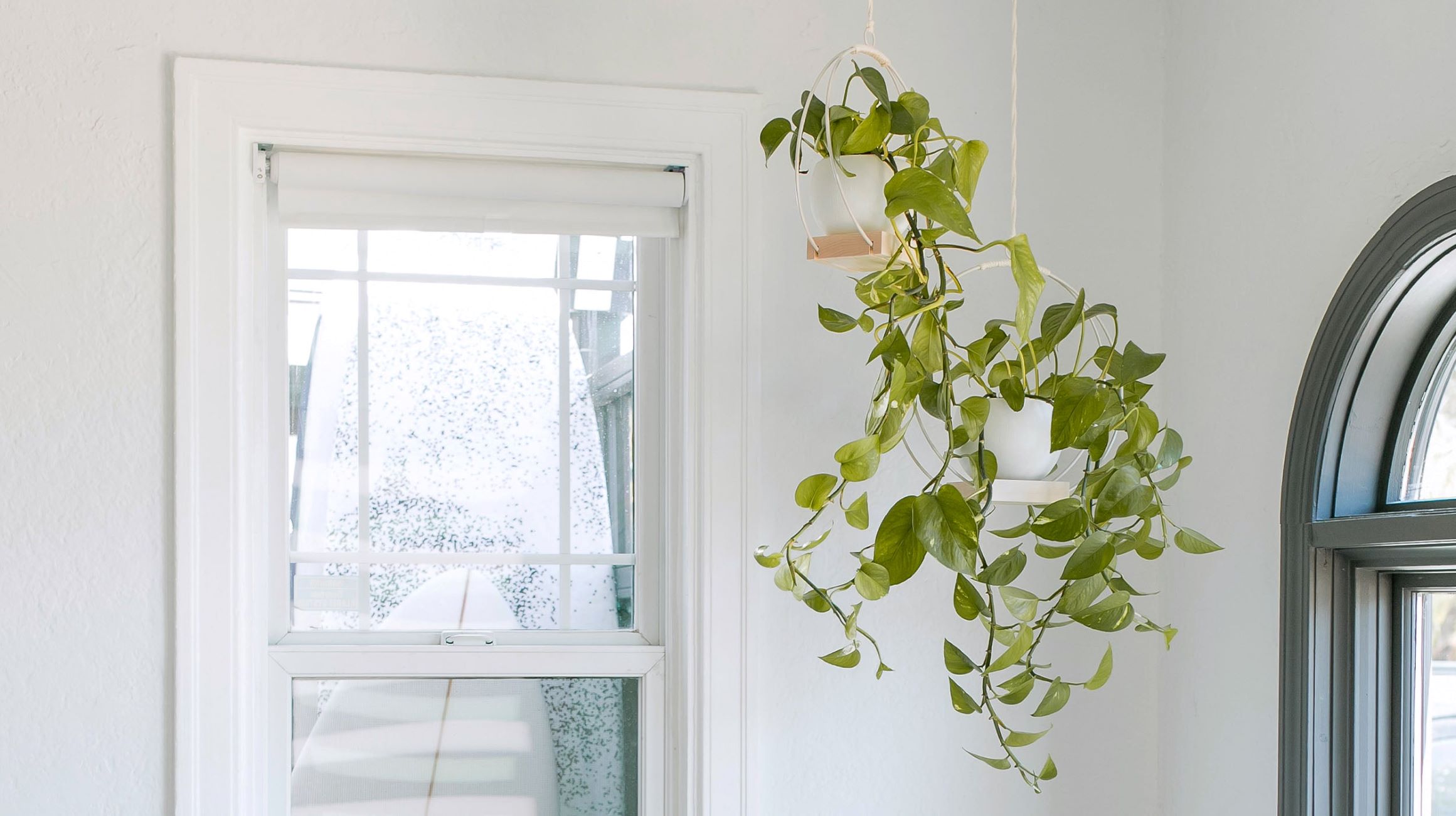
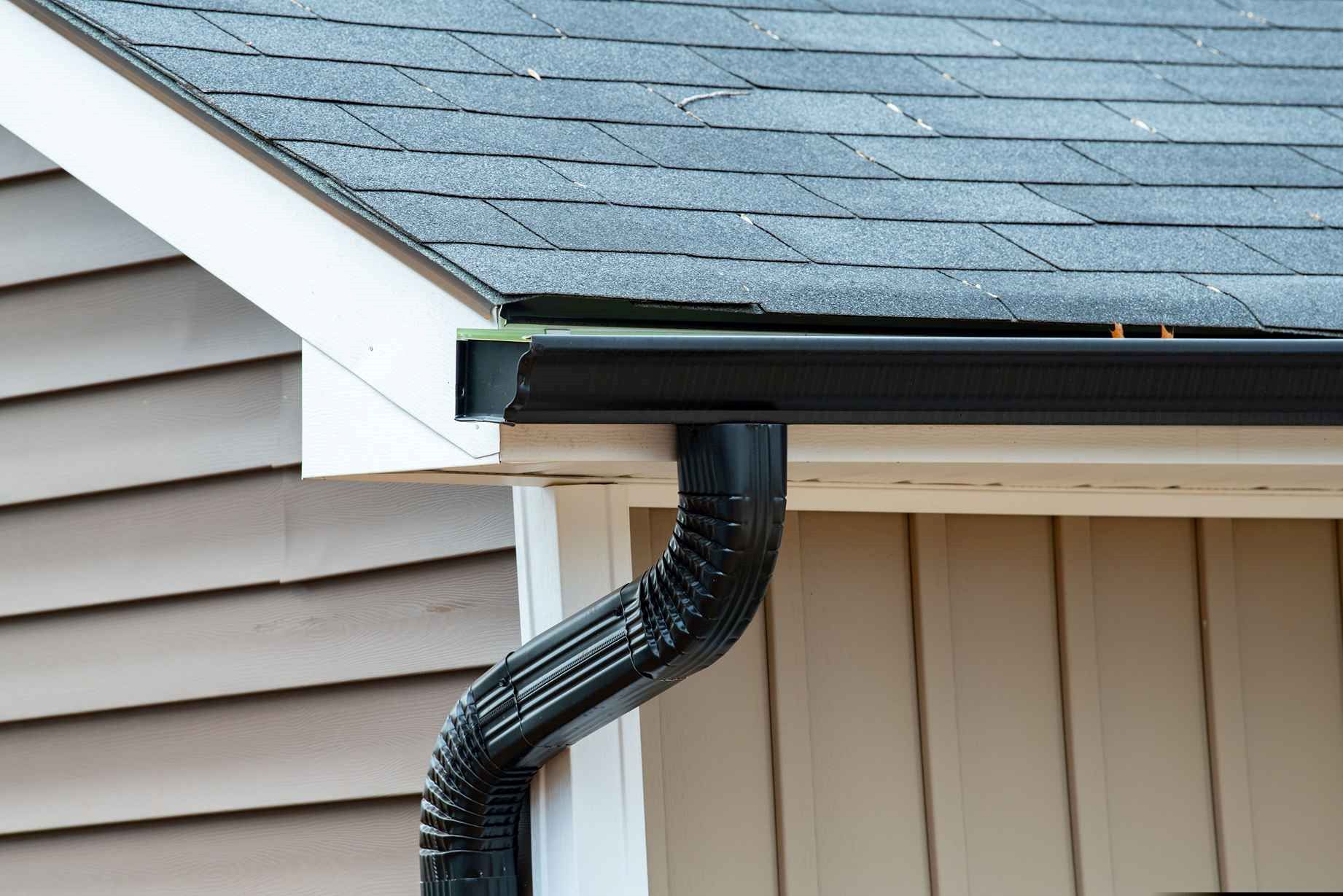
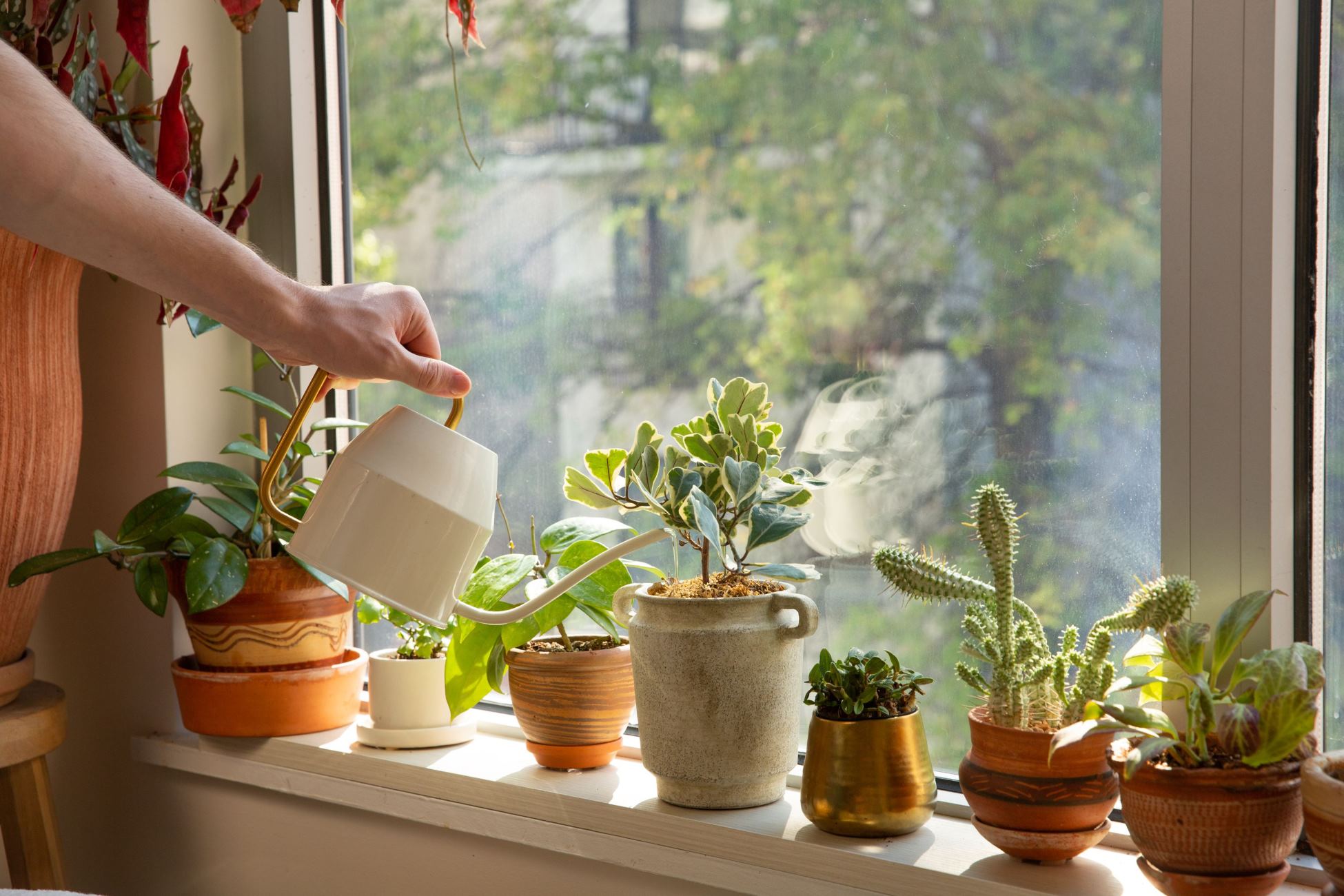
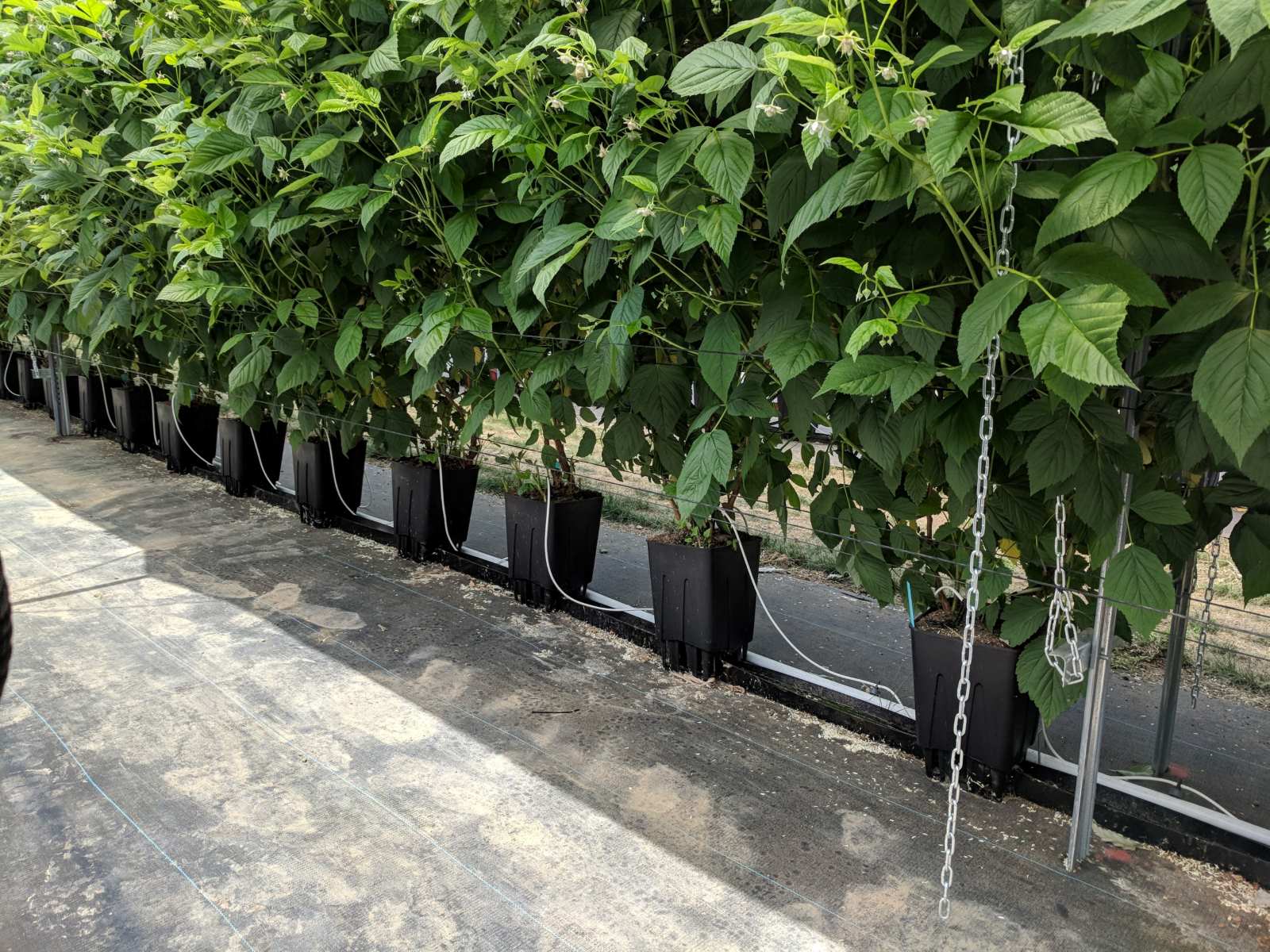
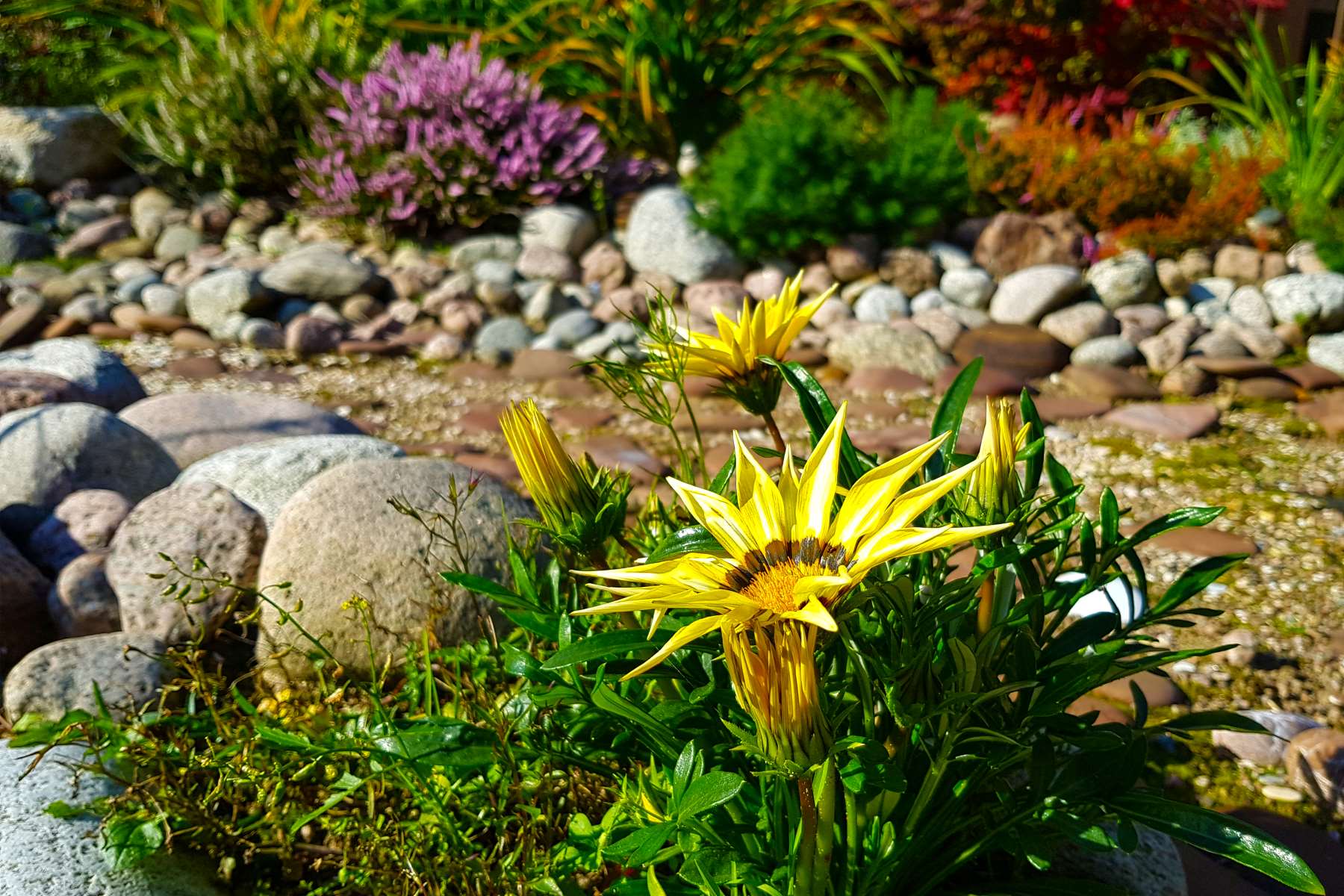
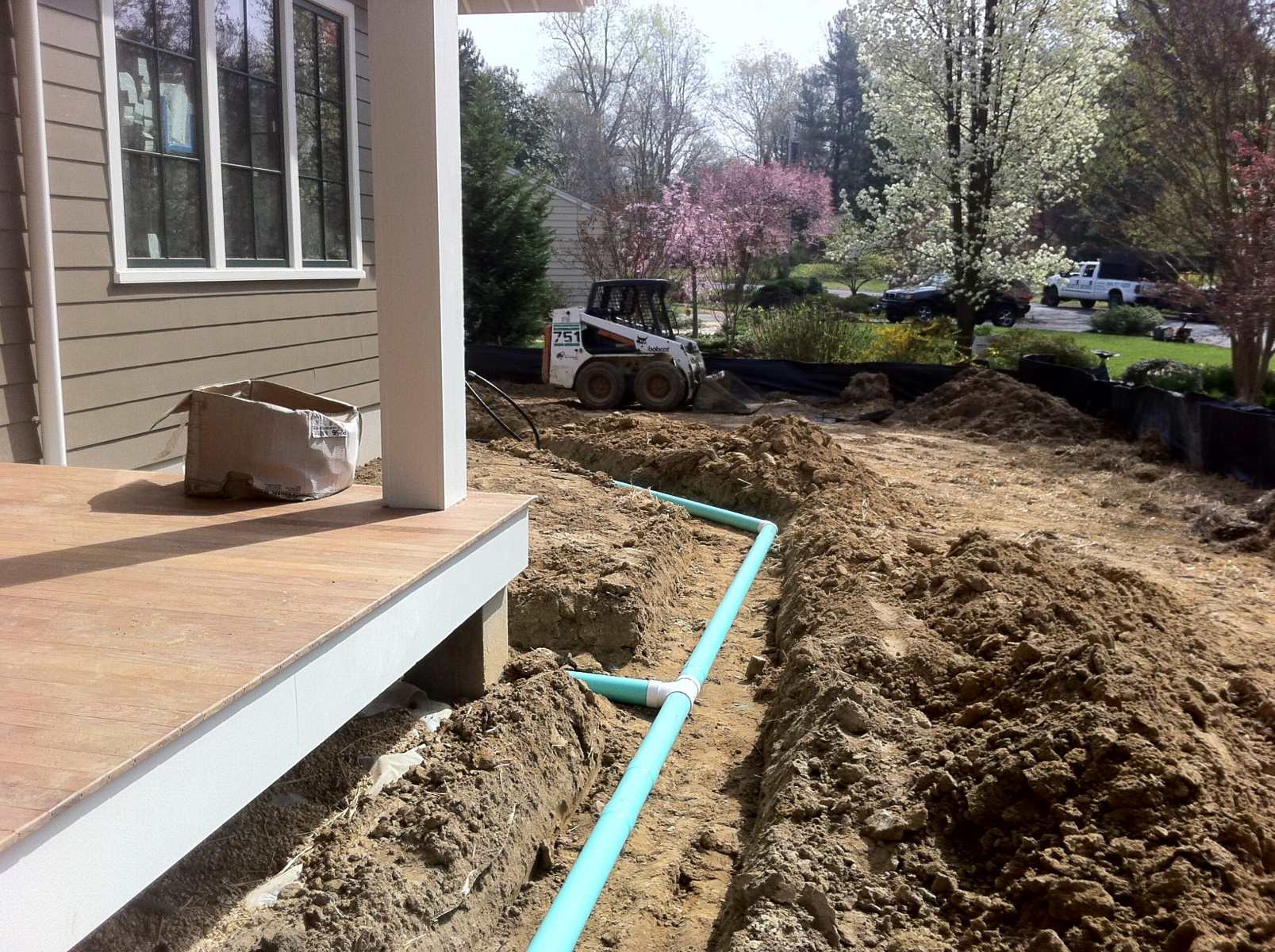
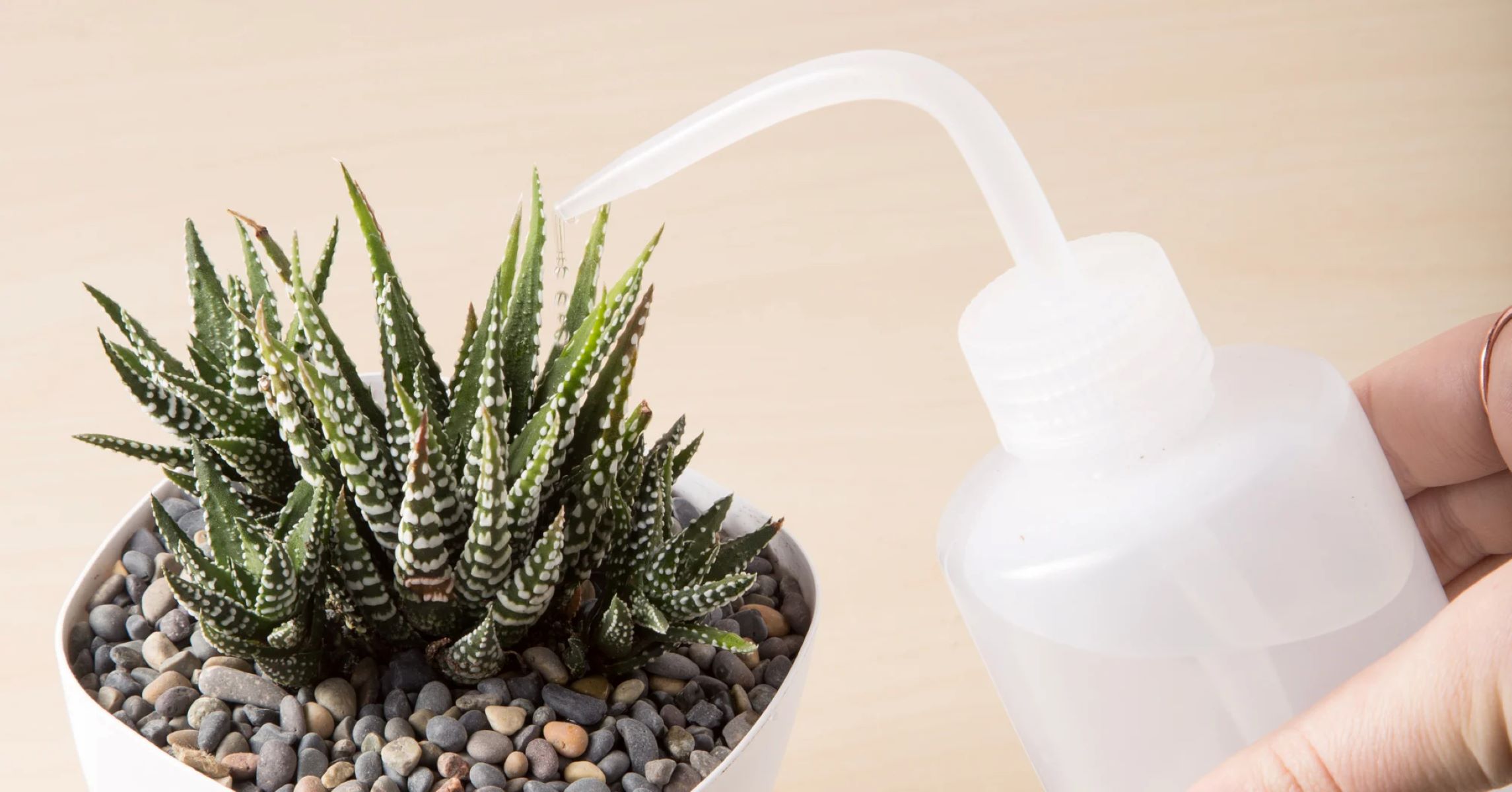
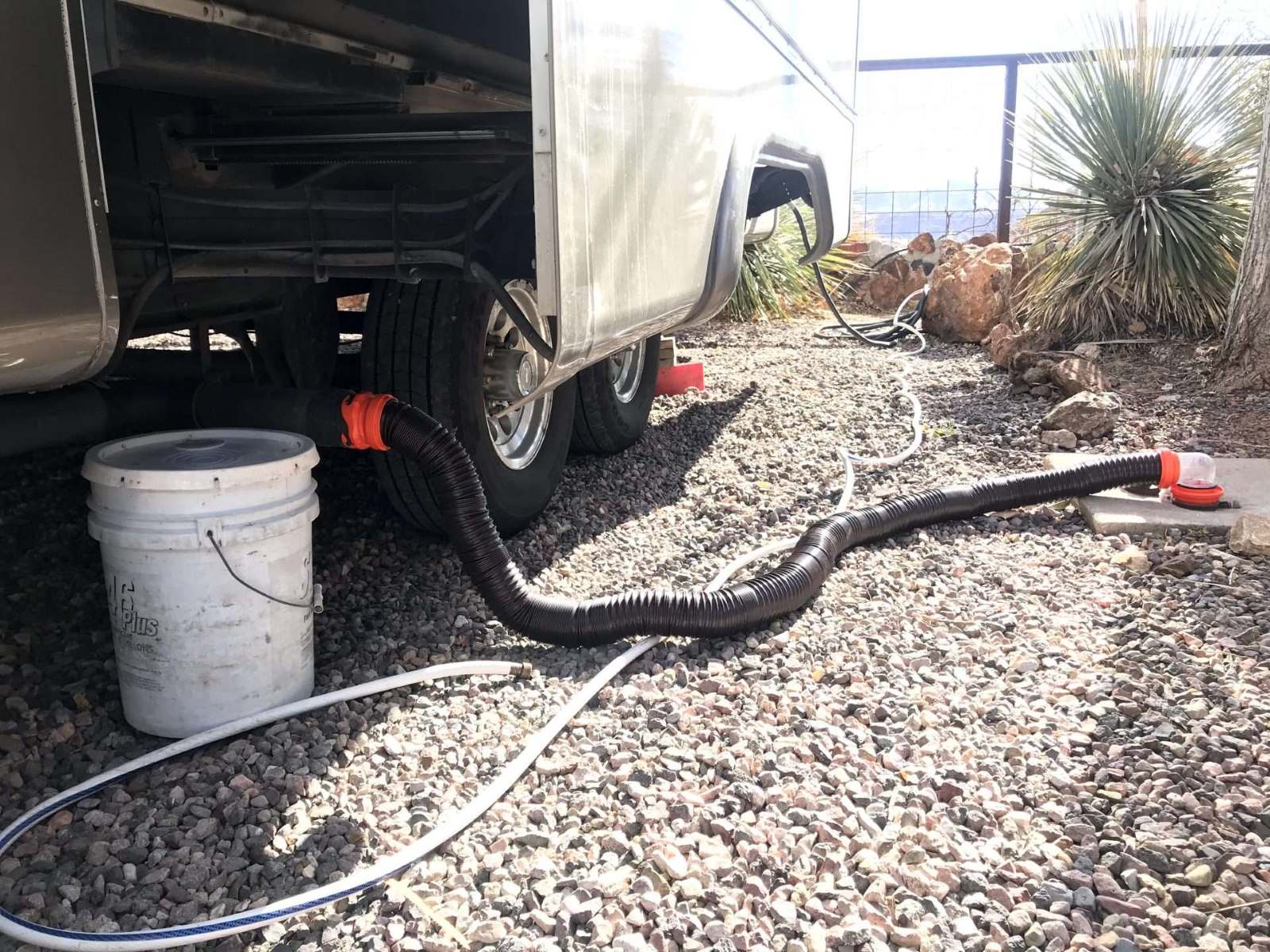
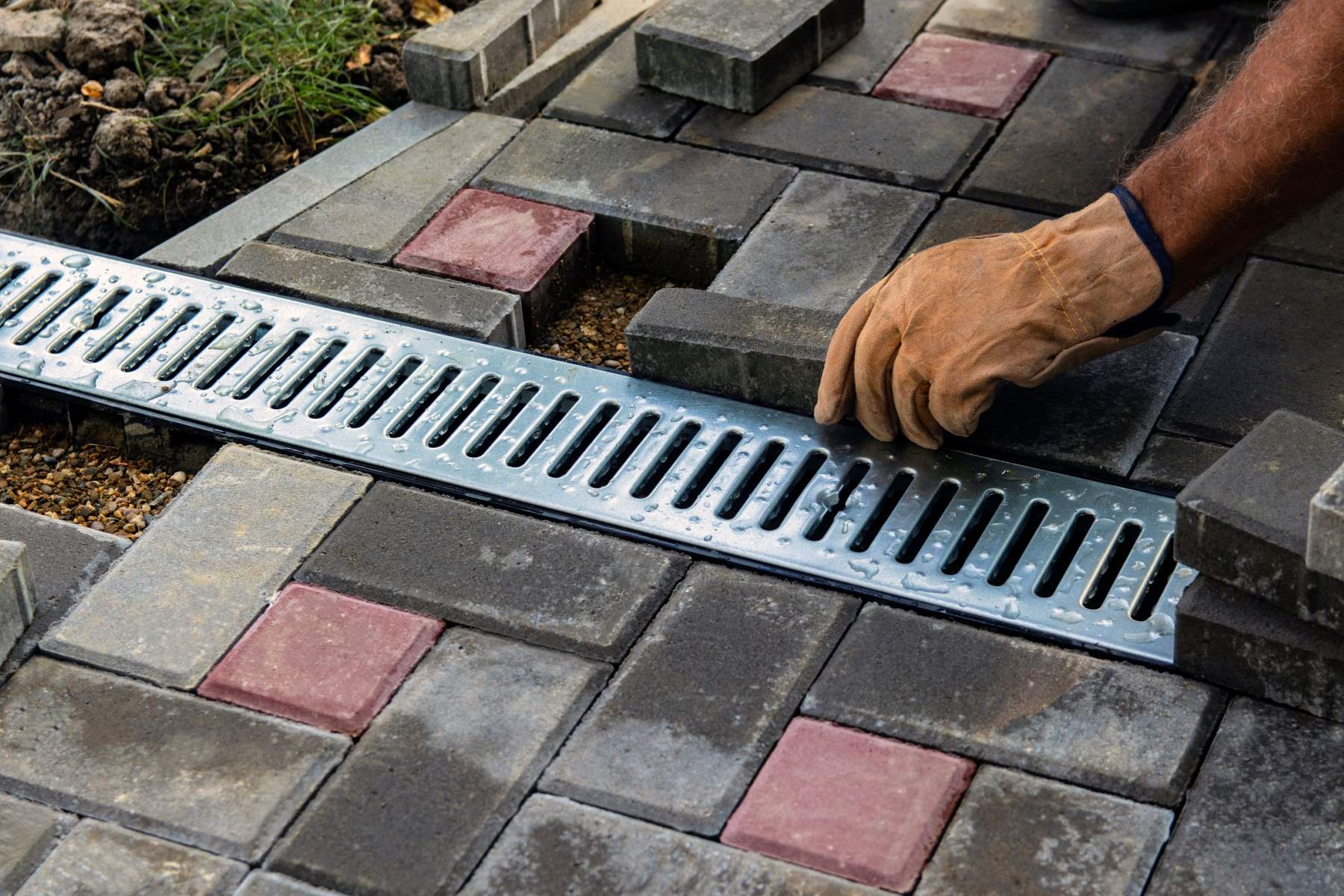
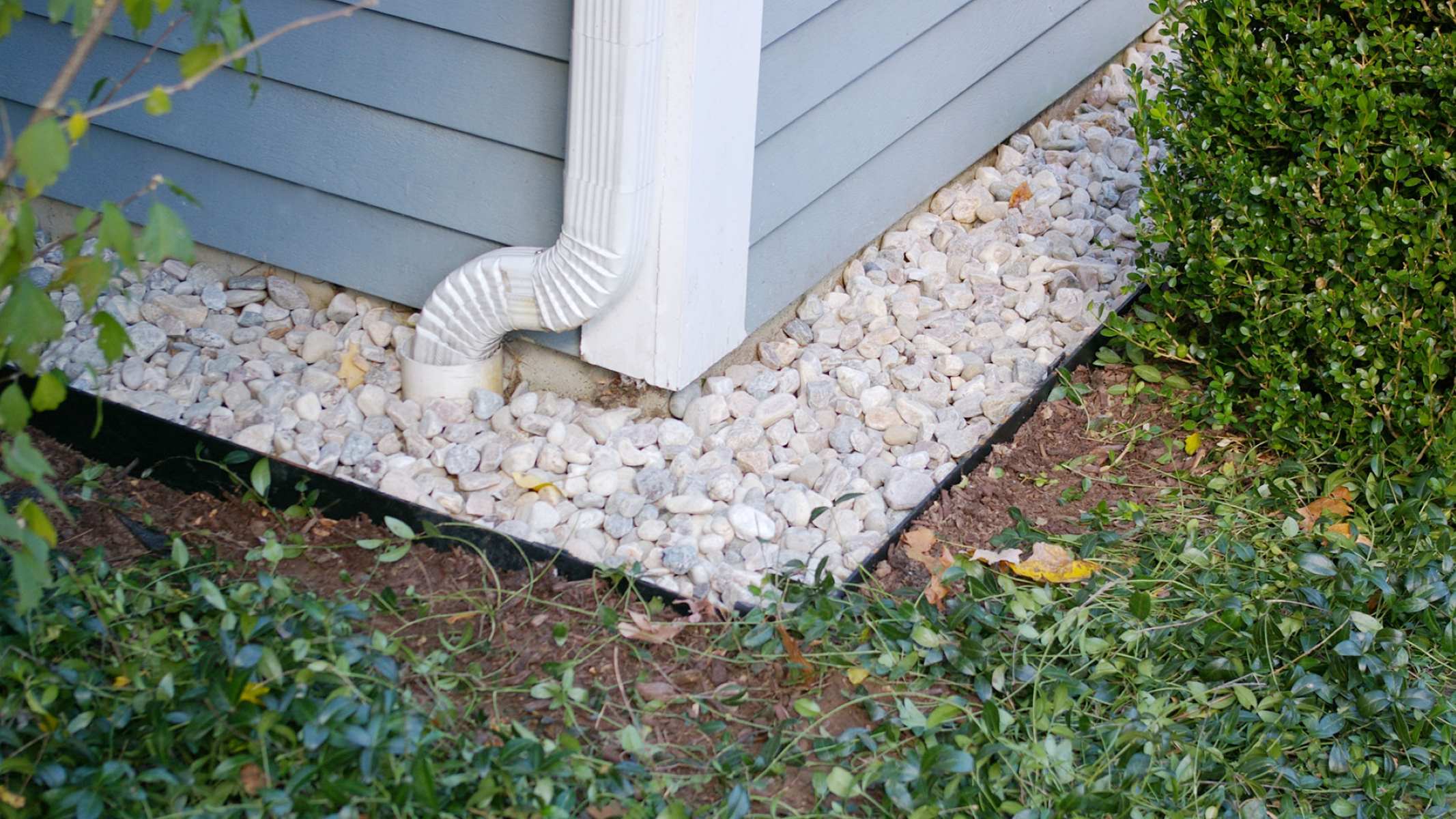
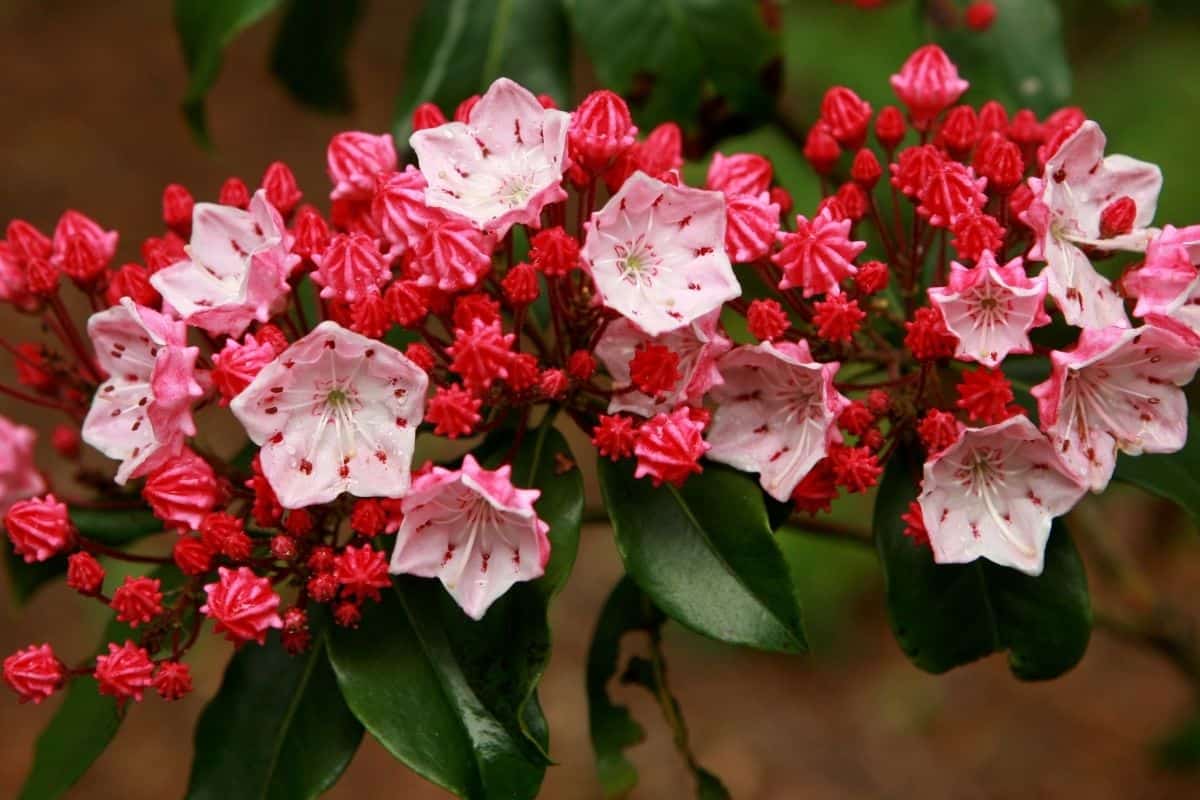
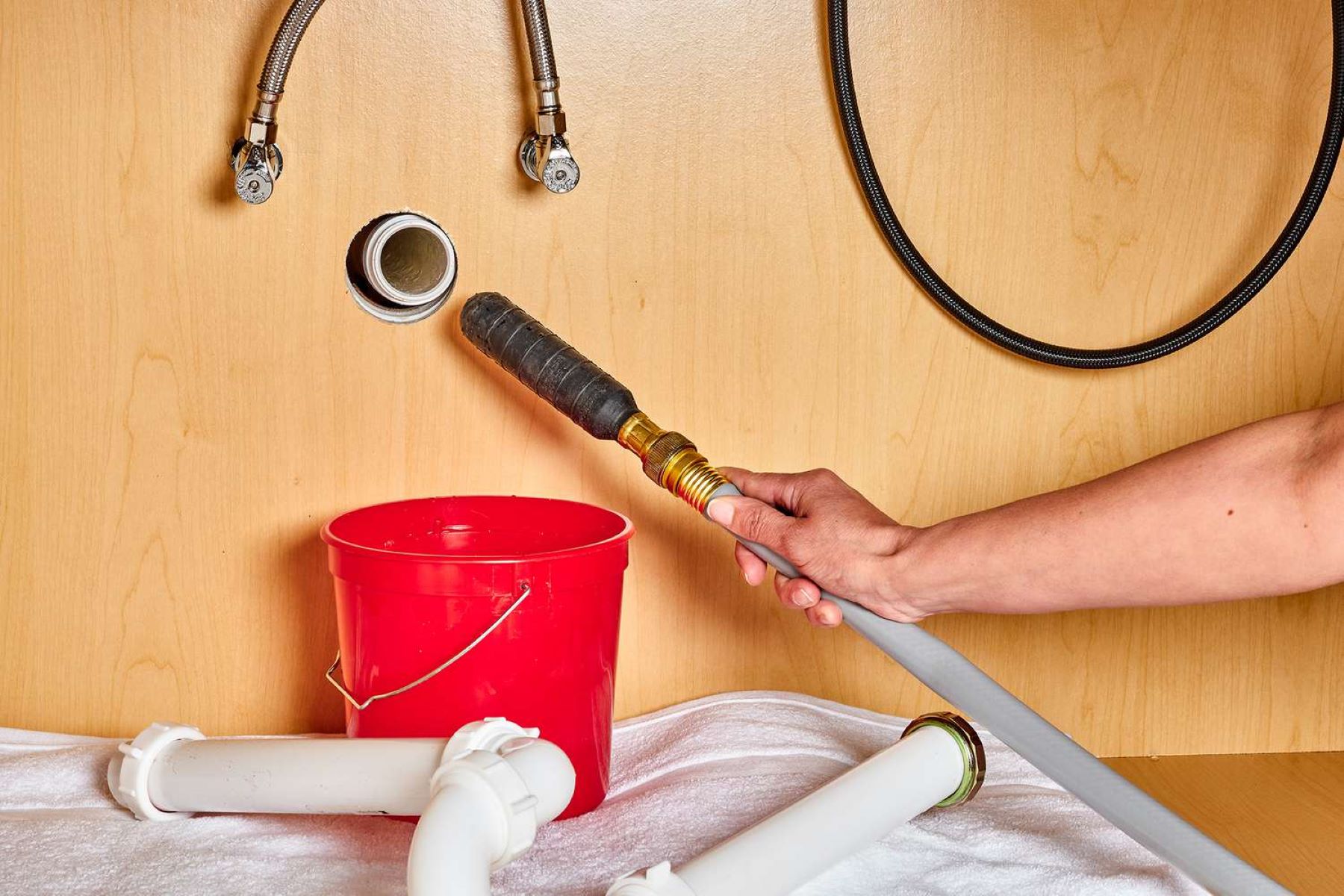
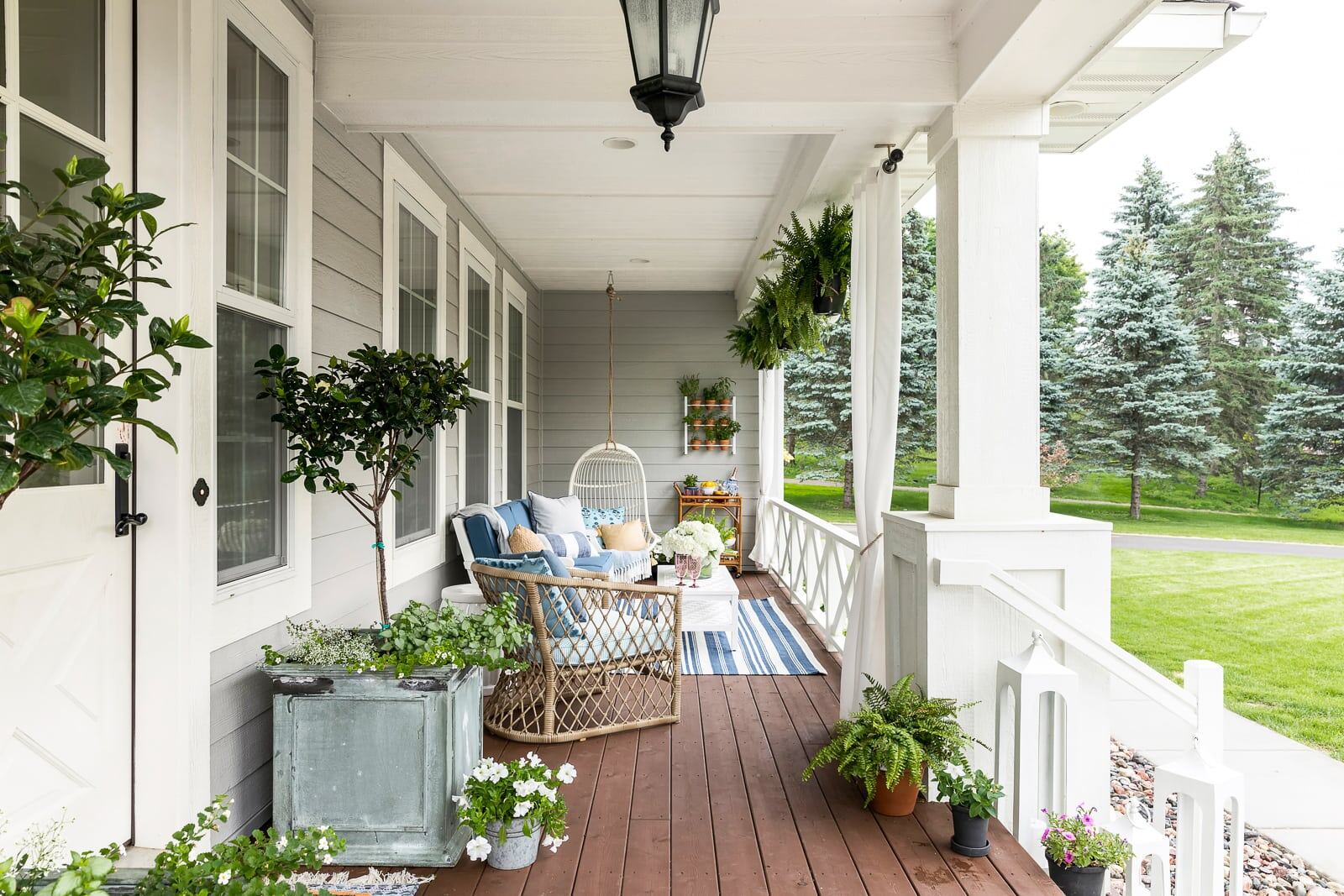
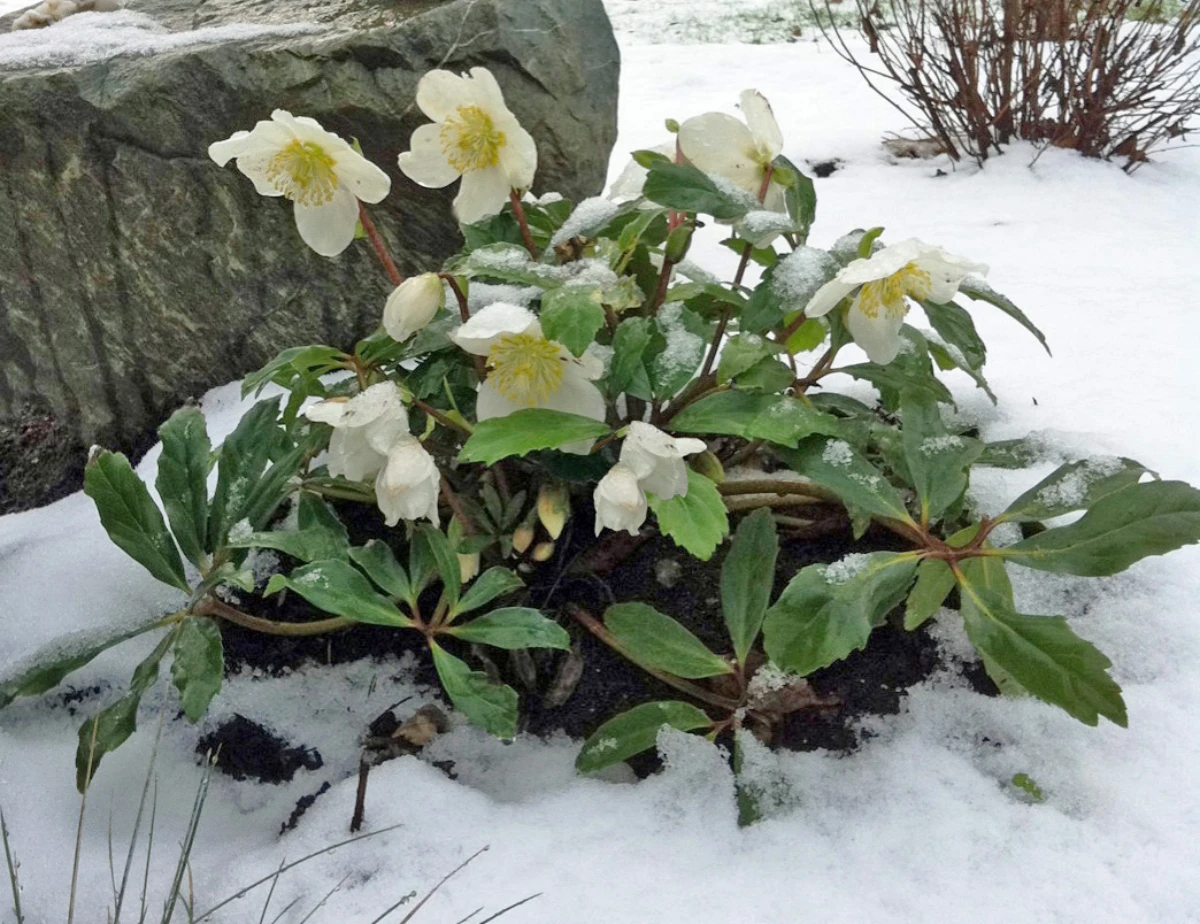

0 thoughts on “What To Plant Next To The House For Good Drainage”